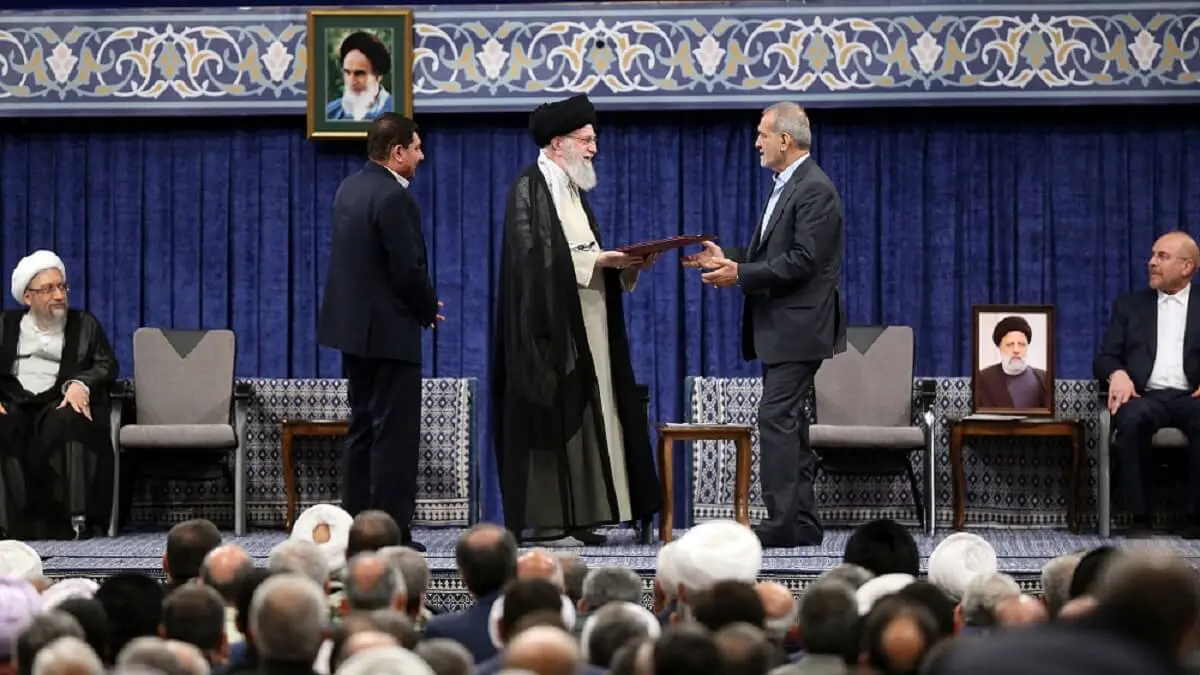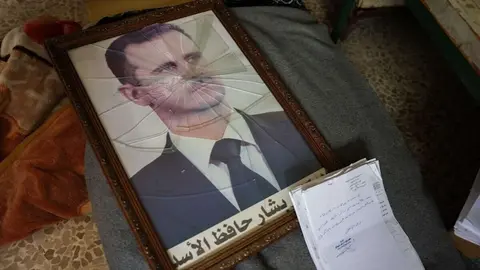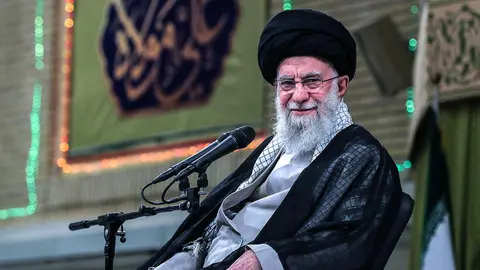Iran's regime: in deep crisis and on the verge of collapse

- 1. A society on the brink of explosion
- 2. Economic stagnation and failure to reform
- 3. A loss of regional position
- 4. Organised resistance and the role of resistance units
According to statistics, 607 executions have been carried out since Massoud Pezeshkian took office on 30 July, a figure that clearly illustrates the deepening crisis and the regime's attempts to contain discontent through repression.
These crises can be examined from four main angles:
1. A society on the brink of explosion
Iran is currently facing widespread public discontent. According to a survey conducted by sources close to the regime, 92% of the population declares itself dissatisfied. Poverty, unemployment, inflation and systemic corruption, combined with brutal repression and ineffective management, have brought society to breaking point.
The national uprisings of recent years, particularly in 2019 and 2022, have shown that the people see regime change as the only solution. These protests, often led by women and youth, demonstrate the potential for an imminent social explosion.
In an attempt to prevent another uprising, the regime has resorted to military adventures in the Middle East. However, this policy has proved counterproductive and ineffective. This situation provides a favourable context for fundamental change in Iran.
2. Economic stagnation and failure to reform
Structurally, the Iranian regime is incapable of any kind of economic reform. Reforms require a minimum of political freedom and transparency, which are incompatible with the nature of this regime. Mass unemployment, hyperinflation and the collapse of the national currency make daily life unbearable for the population.
For example, since 2011, food prices have increased 40-fold, while investment in infrastructure such as the electricity industry has plummeted. The significant increase in the military budget in the 2024-2025 budget law, compared to sectors such as education, health and transport, reflects the regime's war priorities, to the detriment of the population's basic needs.
3. A loss of regional position
Regionally, the regime's expansionist policies have failed. Iranian proxy forces such as Hezbollah, Hamas and the Houthis have lost much of their effectiveness and can no longer serve as tools of influence for the regime.
The fall of Bashar al-Assad in Syria has dealt a devastating blow to Iran's regional strategy. The regime's operational headquarters in Damascus, which planned proxy wars in the Middle East, no longer exists. According to Mehdi Taeb, a senior intelligence officer in the Revolutionary Guards, Syria was so strategic for Iran that he declared: ‘If the enemy attacks us and we have to choose between keeping Syria or Khuzestan [Iran's oil province], we must give priority to Syria. Because by keeping Syria, we can regain Khuzestan, but if we lose Syria, we won't even be able to keep Tehran' [Asré Iran newspaper 14 Feb 2013].
4. Organised resistance and the role of resistance units
Despite intense repression, the Iranian Resistance has become a very effective force. Resistance units, mainly made up of young people, are active throughout the country. These small groups of 3-5 members, organised at the local level, have the capacity to lead uprisings and mobilise street power capable of confronting repressive forces.
The experience of the Syrian revolution has shown that it is impossible to overthrow a brutal dictatorship without organised resistance. In Iran, resistance units provide the operational capacity to carry out such an overthrow.
The collapse of the regime's survival strategies
The regime's survival has historically rested on three main pillars:
- Internal repression: The current mass protests demonstrate that repression is no longer sufficient to contain discontent.
- Regional expansionism: The fall of Bashar al-Assad and the decline of proxy forces have deprived the regime of its main tools of regional influence.
- The pursuit of nuclear weapons: This policy has further isolated the regime and could trigger military strikes against its nuclear facilities.
These strategies are seriously compromised and appear to be on the verge of total collapse.
Fear of a Syrian scenario in Iran
The Iranian regime and its foreign supporters have often used the argument of Iran's ‘Syrianisation’ to dissuade the international community from supporting regime change. However, the facts show that this fear is unfounded.
Maryam Rajavi, leader of the National Council of Resistance of Iran (NCRI), denounced this ‘lie’ at an international conference, stating: ‘The main factor of instability and destruction in the region is the Iranian regime itself. The alternative to this regime is not chaos, but a free and democratic Iran'.
An Iranian solution for democratic change
The solution to this religious dictatorship lies in fundamental change, led by the people and resistance units. The National Council of Resistance of Iran (NCRI), as the political arm of this movement, proposes a clear programme for after the regime:
- The formation of a six-month interim government to organise free elections.
- The drafting of a new constitution based on freedom, equality and the separation of religion and state.
- The abolition of the death penalty, the establishment of social justice and the building of a nuclear-free Iran.
Conclusion
The Iranian regime faces a multi-dimensional crisis that it is unable to manage. The Iranian Resistance is not asking the international community to take responsibility for change, but simply to recognise the right of the Iranian people to fight the regime. By supporting the legitimate aspirations of the Iranian people, the free world can play an essential role in establishing peace and stability in the region.



